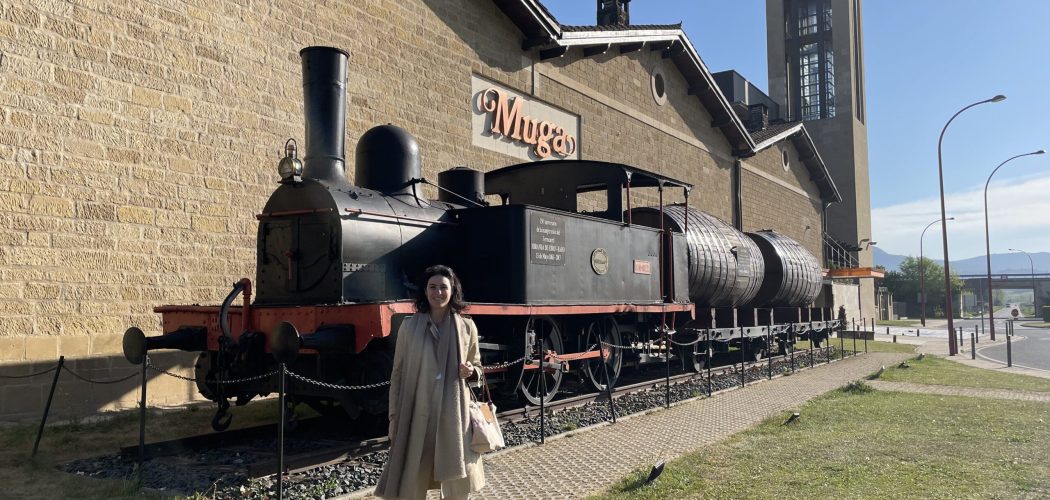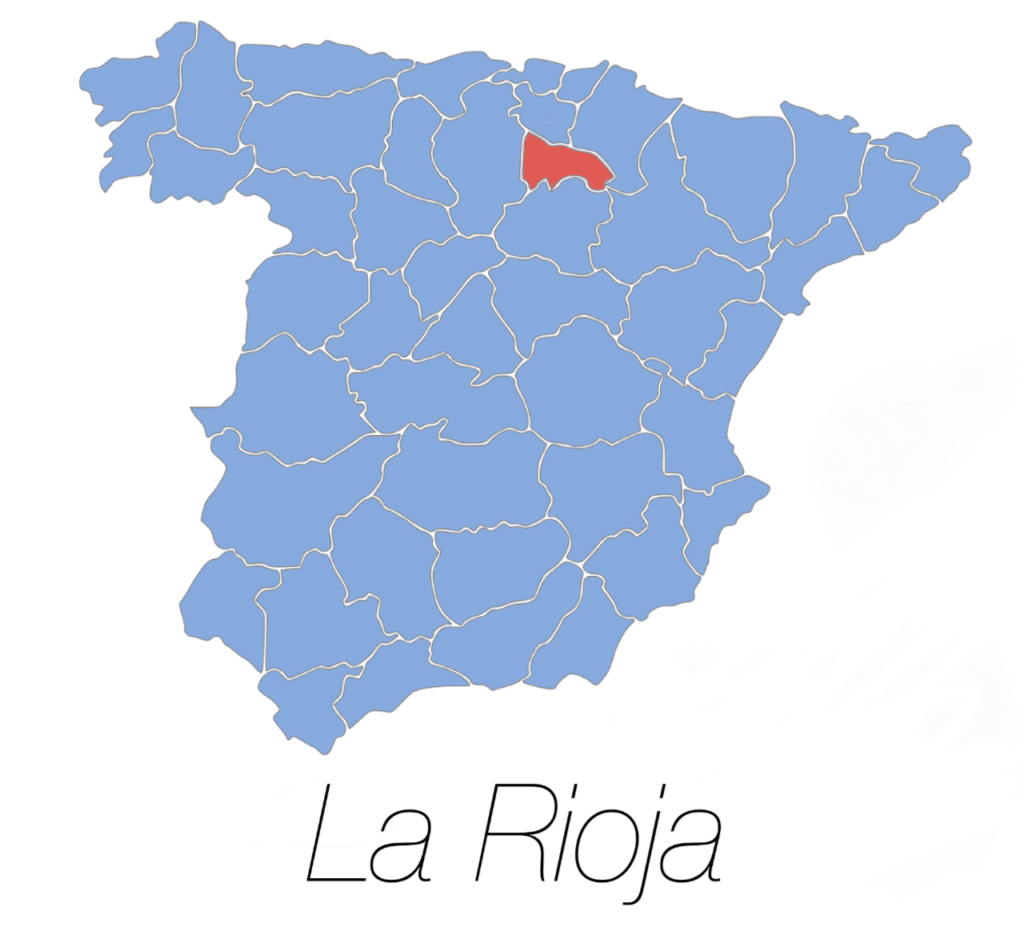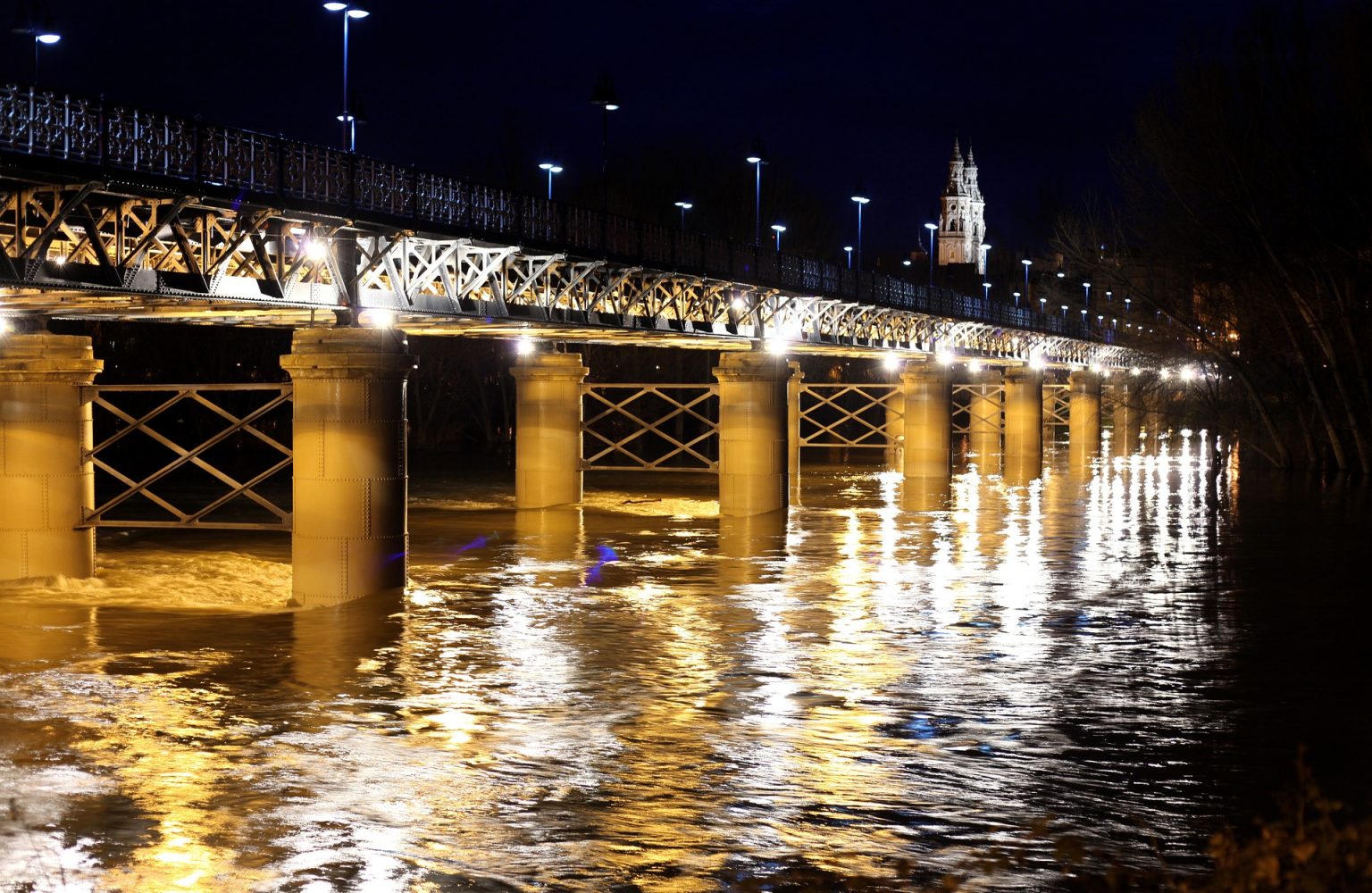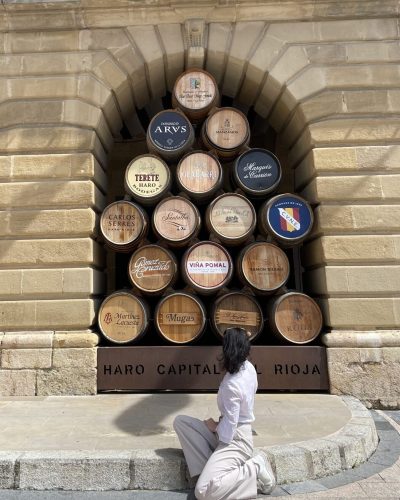48 Hours Visiting the Rioja Region

Visiting the Rioja wine region of Spain is a must-do destination for any wine lover. With its picturesque vineyards, historic wineries, and delicious wines, Rioja has something for everyone. If you only have 48 hours to spend in this beautiful region, here is how to make the most of your time.
The Rioja wine region, located in northern Spain, is known for its exceptional wines, beautiful vineyards, and rich cultural heritage. What makes Rioja unique is its strict regulations for wine production, which have been in place since the 1920s.
The Rioja region is divided into three zones: Rioja Alta, Rioja Baja, and Rioja Alavesa. Each zone has its own distinct terroir and produces wines with unique characteristics. Rioja wines are typically made from Tempranillo grapes, which are blended with other varieties such as Garnacha, Graciano, and Mazuelo.

One of the unique aspects of Rioja wine production is the use of oak barrels for aging. Rioja wines are aged in oak for varying lengths of time, from a few months to several years, depending on the type of wine. This gives Rioja wines a unique flavor profile that is often described as complex, spicy, and full-bodied.
Another unique aspect of the Rioja region is its rich cultural heritage. The region has a long history of winemaking, dating back to the Roman era. The region is also home to numerous historic wineries and vineyards, many of which have been in operation for centuries.
This rich winemaking heritage has been passed down from generation to generation. Meaning the Rioja region produces exceptional wines that are recognized around the world for their quality and complexity.
Day 1: Travelling from Briones to Logroño
Morning: Start your day at the Vivanco Museum of Wine Culture, located in the town of Briones. This impressive museum is dedicated to the history, culture, and art of wine and offers a fascinating look at the production of wine in the region. The museum also has a vineyard, a cellar, and a tasting room where you can sample some of the region’s best wines.

Afternoon: After lunch, head to the medieval town of Laguardia, known for its historic buildings, narrow streets, and beautiful views of the surrounding vineyards. Take a stroll around the town’s walls and explore the underground wine cellars. You can also visit the Church of Santa María de los Reyes, a beautiful Gothic church that houses some impressive works of art.
Evening: For dinner, head to the town of Logroño, the capital of the Rioja region, which is famous for its tapas. The streets around Calle del Laurel are lined with bars and restaurants serving small plates of local specialties. Try some of the region’s famous dishes, such as patatas bravas, chorizo, and pinchos.
Day 2: Wine tasting in the famous Bodegas of Haro
Morning: Start your day with a visit to one of the region’s many wineries. Bodegas Muga, located in the town of Haro, is a great choice. This family-owned winery has been producing wine since 1932 and offers a guided tour of its facilities, including its underground cellars. The tour ends with a tasting of some of the winery’s most famous wines.
Afternoon: After lunch, head to the nearby town of San Vicente de la Sonsierra, which is home to some of the region’s most picturesque vineyards. Take a stroll through the town’s historic streets and visit the castle, which offers stunning views of the surrounding vineyards. You can also visit one of the town’s many wine shops to sample some local wines.
Evening: For your final evening in Rioja, head to the town of Haro, which is known as the “wine capital” of the region. Take a stroll around the town’s historic center and visit some of its many wine bars and cellars. Bodegas López de Heredia Viña Tondonia is a great choice, as it offers a unique experience in a traditional winery that has been in operation since 1877.

Here are the best Bodegas to visit in Haro:
Bodegas Muga
You really can’t get any more iconic than this Rioja winery. Bodegas Muga is well known across the world – with wines being exported to every corner of the planet.
The tour and tasting is excellent value – at just €25 per person and includes an extensive tour of the Bodega and 4 tastings. Afterwards, hang out in the laid back bar for some reasonably priced and extensive wine tasting options.
Cvne
Cvne is one of the most beautiful wineries to visit in Haro. Founded in 1879 in La Rioja, the winery is still family owned.
Interestingly, the impressive barrel room was built by the legendary architect, Gustave Eiffel – yes, the very same! Make sure to book in advance as spaces on the tours of this gorgeous establishment fill up quick!
Bodegas Lopez de Heredia Vina Tondonia
Another incredibly traditional winery – Bodegas Lopez de Heredia Vina Tondonia is for me, the most premium of the Bodegas mentioned.
Beware though, apart from during harvest, visits to the cellars are for professionals and by appointment only!
FAQs
When is the best time to visit the Rioja region region?
Every time to visit has its benefits. We visited during the off-peak season in early April when the crowds were low and we could essentially pre-book most of our tours the day before or walk into the tasting rooms. However, in general the best time to visit the Rioja region is either from April to October.
Where is the best place to stay while visiting the Rioja region?
The best place to stay would be in one of main towns or villages in and around the Rioja region. For a more authentic experience, stay in the picturesque town of Haro (about a 1-hour drive south of Bilbao airport) – this town filled with history and cobbled streets seems untouched by tourists and boasts a wealth of delightful restaurants and bars, including the Michelin star restaurant, Nublo.
Is a trip to the Rioja region expensive?
Fortunately, the Rioja region is incredibly great value! On average, Northern Spain offers a plethora of well-priced food and drink options. Expect to spend around €2 – €4 on a glass of wine, and around €3 – €8 per accompanying tapas (locally known as ‘pinchos’)!
